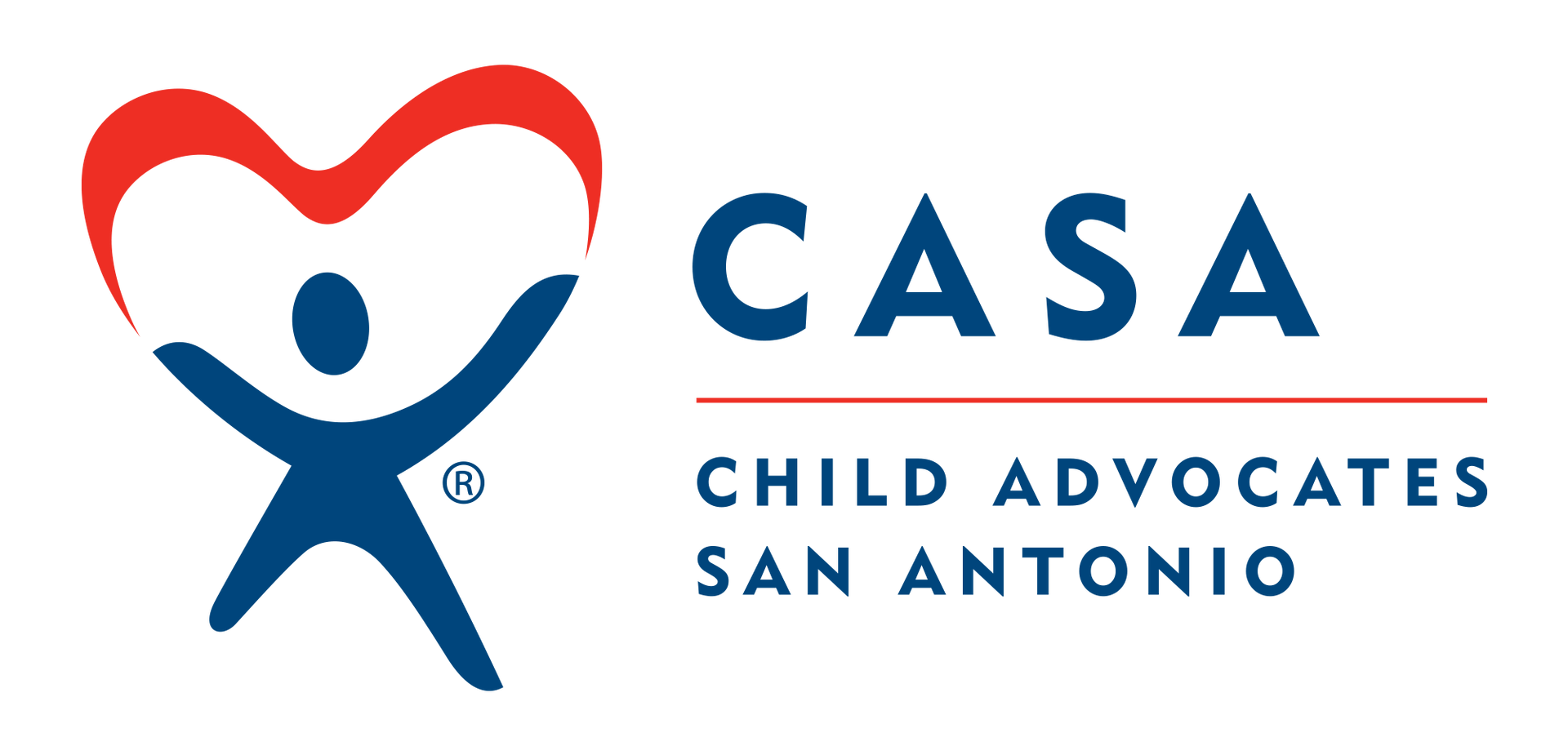Story of Hope: MJ Duet
Advocate Impact Story
Mary Jane (MJ) Duet is the epitome of HOPE. One week after being sworn in, September 2013, she signed on to her first case with five siblings. The children, who had been living with the Mother, came into care when the youngest was born drug positive. The Mother had previous CPS involvement in another state where her parental rights were terminated on four other children who were subsequently adopted.
The HOPE for MJ with these four children, if reunification with the Mother, as none of the Fathers were options, was not a possibility, then her HOPE was that the children be able to remain together. The children were placed in a foster home and within the first several weeks, it was evident that this outcome was unlikely due in large part to the behaviors of the two older brothers.
MJ worked tirelessly in partnership with the CPS Caseworker to gather as much information as possible regarding possible family options both in Texas and another state. She left no stone unturned. Kinship were identified and vetted in the Houston area where the two youngest and their older sister were placed. This led to those children being adopted.
The two brothers remaining, had significant behavioral issues and, were not able to be placed together. This did not phase MJ in the least. She traveled to where ever they were placed and with their enhanced needs, most placements were outside of Bexar County. Unfortunately the boys changed placements numerous times thus resulting in their educational needs not being met. MJ advocated for an Educational Surrogate to be assigned by the Court, and this was done. She along with the Educational Surrogate became an intrical part of the boys’ treatment team advocating for ongoing assessments, psychological evaluations and medication management to assist the boys educationally.
Additionally, she advocated for the boy’s profiles to be on the Texas Adoption Resource Exchange (TARE website). Although interest was generated and the boys were hopeful that they would find their forever families, placement breakdowns continued. This did not deter MJ. She was right there with each one to lift them up and let them know that she wasn’t going anywhere. MJ recommended to the Court that their listing on the TARE website be paused to allow the boys the opportunity to stabilize in their respective foster homes; one was in the greater Houston area and one was in Waco. Although MJ’s interactions were virtual for more than a year due to Covid protocols, she was in regular contact with the foster parents, school personnel, therapists and CPS.
This recommendation which the Court supported was accurate and helpful. The boys flourished during this time and although the placements were not foster to adopt, both sets of foster parents were committed to keep the boys for as long as needed. During this time, MJ asked CPS and the Court if the boys could once again be on TARE. This resulted in a family in the Northeast desiring to adopt one of the boys and through all the Covid challenges, this adoption was consummated eight (yes 8!) years to the day MJ signed on to this case!
She remains committed to the one remaining sibling and, he has recently been placed back in San Antonio, allowing MJ to have frequent contact with him. He is thriving in his current residence and he is so happy to have Ms. MJ all to himself! Thank you MJ for all your advocacy efforts!









